The depths of Earth’s prehistoric oceans once harbored creatures so extraordinary that they would seem like the stuff of fantasy if their fossils hadn’t proven their existence. Long before humans walked the Earth, massive marine reptiles, gigantic fish, and bizarre invertebrates ruled the ancient seas, evolving into formidable hunters and remarkable survivors in aquatic environments vastly different from today’s oceans. These “sea monsters” thrived across different geological periods, from the Cambrian explosion to the end of the Cretaceous, each era introducing new dominant predators and prey in an ever-shifting marine ecosystem. Their fossilized remains provide us with a fascinating window into Earth’s distant past, revealing not just what these creatures looked like but also how they lived, hunted, and eventually disappeared. This journey through time explores the remarkable prehistoric oceans and the extraordinary creatures that called them home.
The Primordial Seas: Earth’s First Oceans
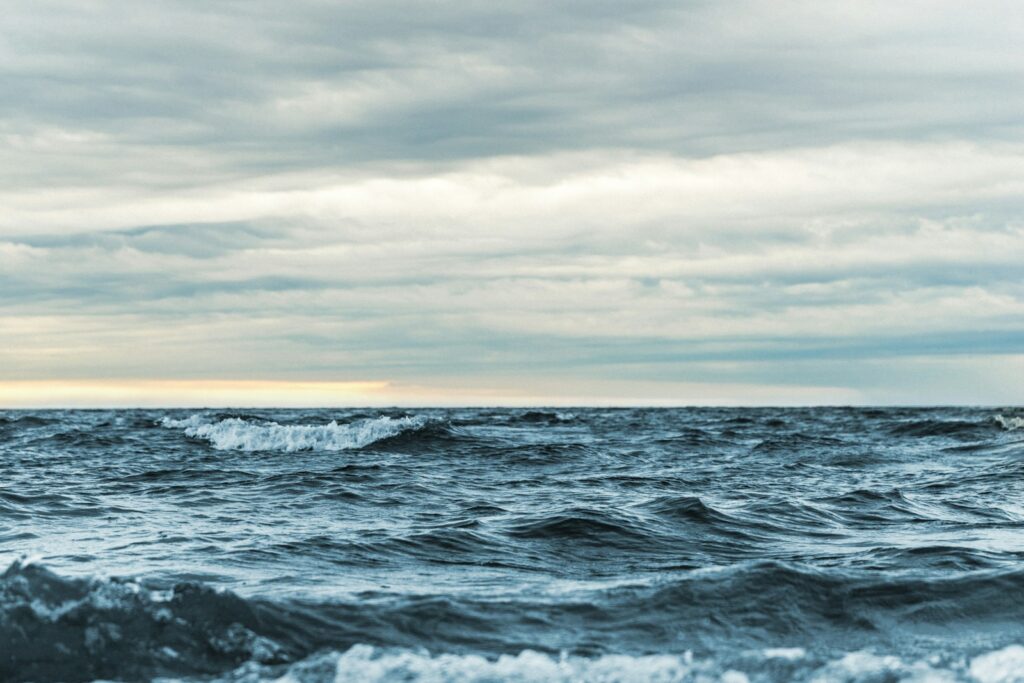
Earth’s first oceans formed approximately 3.8 billion years ago, creating the cradle for all life on our planet. These primordial seas differed dramatically from our modern oceans – they contained virtually no oxygen, were likely much warmer, and had a chemical composition heavily influenced by volcanic activity and constant meteor bombardment. Unlike today’s salt-dominated seas, these ancient waters contained high concentrations of iron, silica, and other minerals that would later support the explosion of complex life. For billions of years, these waters hosted only microscopic life forms, primarily prokaryotic organisms like bacteria that gradually altered Earth’s atmosphere through photosynthesis. This slow transformation set the stage for the remarkable evolutionary developments that would eventually produce the first true “sea monsters” of Earth’s history, creatures that would emerge during the Cambrian Period in a biological revolution that changed the planet forever.
The Cambrian Explosion: Birth of the First Predators
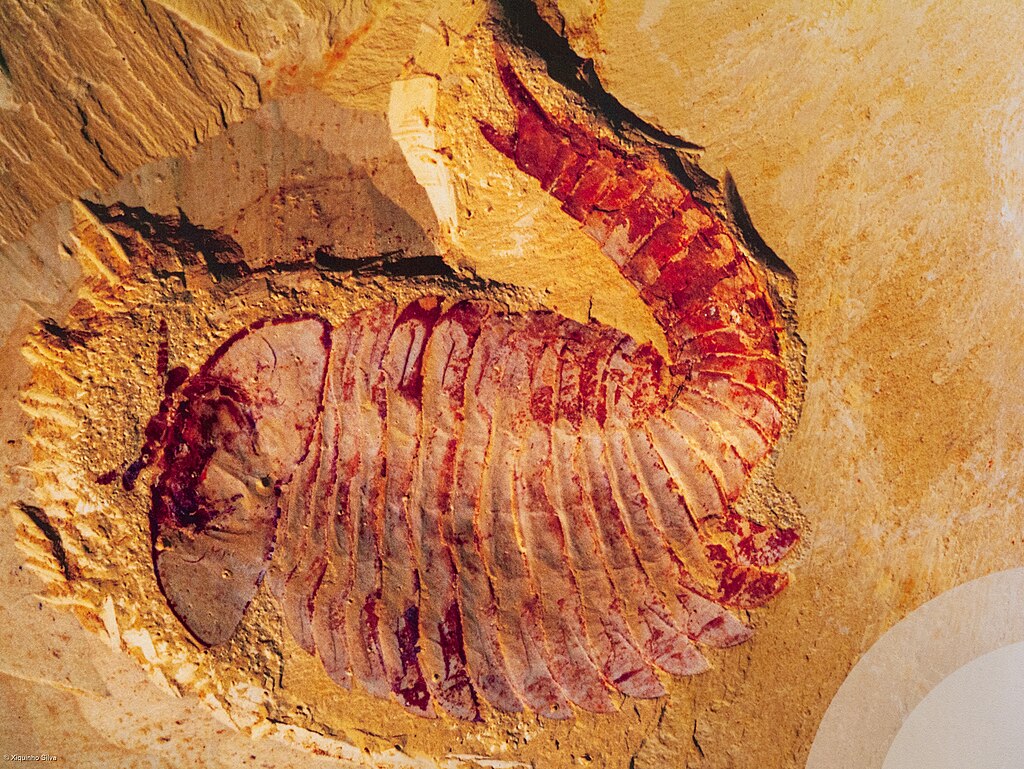
Approximately 541 million years ago, the Cambrian Explosion marked one of the most significant evolutionary events in Earth’s history, when complex multicellular life diversified at an unprecedented rate. This period introduced the first recognized predators to Earth’s oceans, shifting marine ecosystems from simple, microbial-dominated environments to complex food webs. Among the most fearsome early predators was Anomalocaris, reaching lengths of up to three feet – enormous by Cambrian standards – with a ring-shaped mouth of sharp plates, compound eyes on stalks, and grasping appendages that could snatch prey with terrifying efficiency. Equally strange was Opabinia, with its five eyes and flexible frontal proboscis used to capture prey. The Cambrian seas also housed Hallucigenia, a bizarre spiny creature that puzzled paleontologists for decades before they determined which end was its head. These otherworldly creatures established the foundations of predator-prey relationships that would continue to evolve through Earth’s long history, setting the evolutionary arms race that would eventually produce ever-larger and more specialized marine hunters.
The Devonian: Age of Fishes and Early Sea Monsters

The Devonian Period (419-359 million years ago) earned its nickname as the “Age of Fishes” due to the remarkable diversification of fish species that occurred during this time. The ancient oceans witnessed the evolution of several formidable predators, most notably Dunkleosteus, a massive armored fish reaching lengths of up to 20 feet. This terrifying hunter possessed a unique jaw structure with blade-like plates instead of teeth, capable of delivering one of the strongest bite forces of any fish in Earth’s history – an estimated 8,000 pounds per square inch. The Devonian seas also housed Titanichthys, another massive placoderm with a wingspan-like body width of nearly 30 feet, though it likely fed on small prey despite its intimidating size. Early sharks began to appear during this period as well, with primitive species like Cladoselache developing the streamlined, predatory body forms that would make their descendants so successful. These diverse fish predators dominated an increasingly complex marine ecosystem, feeding on a wide variety of prey from primitive cephalopods to other fish, establishing patterns of marine predation that would continue for hundreds of millions of years.
The Carboniferous Seas: Sharks Rise to Dominance

During the Carboniferous Period (359-299 million years ago), sharks and their relatives emerged as the undisputed apex predators of the world’s oceans, diversifying into forms both familiar and bizarre. The most formidable was certainly Helicoprion, a chimaeroid fish with a remarkable spiral-shaped tooth whorl in its lower jaw, resembling a circular saw blade that could reach over two feet in diameter. For decades, scientists debated how this unusual dental apparatus functioned until modern imaging technology revealed it was housed entirely within the lower jaw, used to trap and slice soft-bodied prey like squid. The Carboniferous oceans also housed massive orthocone nautiloids – straight-shelled cephalopods that could reach lengths of over 30 feet, making them among the largest marine invertebrates ever to exist. Giant eurypterids (sea scorpions) continued their reign from previous periods, with some species reaching over eight feet in length, armed with powerful pincers and excellent vision. The waters of this period were also home to Stethacanthus, a shark with a bizarre anvil-shaped dorsal fin covered in denticles, possibly used for display or during mating rituals.
The Permian Marine Ecosystem: Before the Great Dying
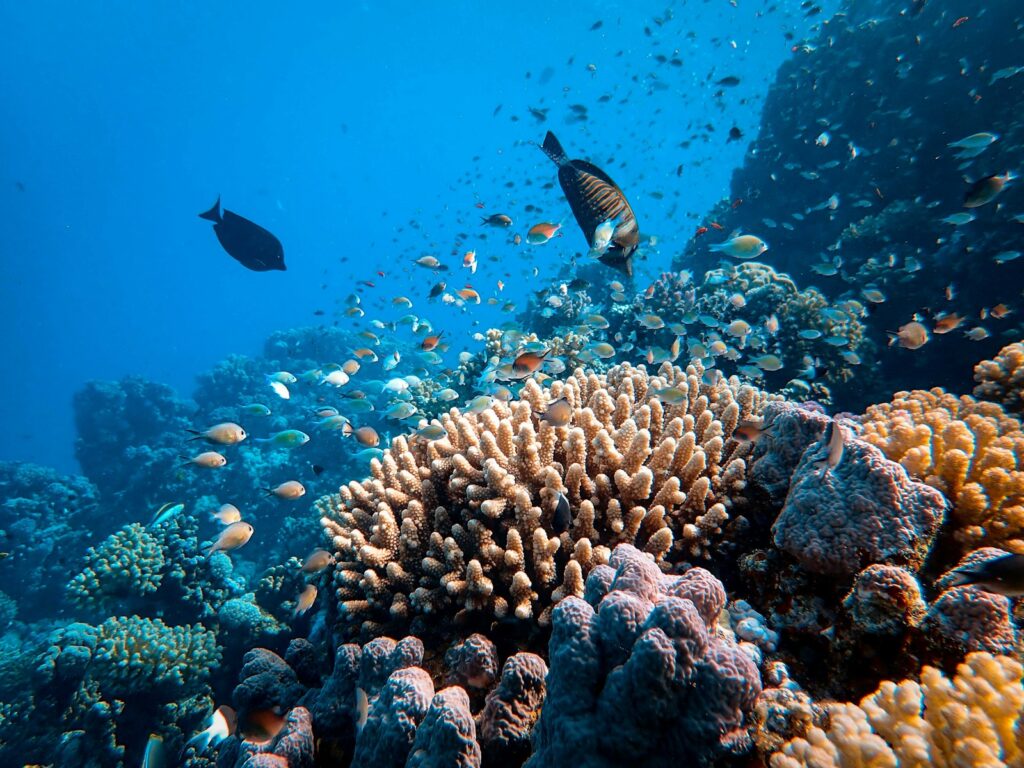
The Permian Period (299-252 million years ago) represented the final chapter of the Paleozoic Era, culminating in the most devastating mass extinction in Earth’s history. Before this catastrophic event, the Permian oceans hosted a diverse array of marine predators and prey in relatively stable ecosystems. Among the most fearsome hunters were the eugeneodontids, a group of sharks with specialized “tooth whorls” similar to the earlier Helicoprion, including genera like Edestus with its bizarre double-set of dental weaponry protruding from both jaws. Large temnospondyl amphibians began making significant forays into marine environments, with some developing paddle-like limbs and streamlined bodies for aquatic hunting. The Permian seas were also populated by the first ichthyosaurs, marine reptiles that would later evolve into dolphin-like forms but were still in their evolutionary infancy during this period. These diverse ecosystems would be devastated by the end-Permian extinction event, which eliminated approximately 96% of all marine species in what scientists call “The Great Dying,” setting the stage for entirely new marine ecosystems to develop in the following Mesozoic Era.
Triassic Oceans: Recovery and New Predators

Following the devastating Permian-Triassic extinction event, the Triassic Period (252-201 million years ago) witnessed a remarkable recovery and restructuring of marine ecosystems. As vacant ecological niches became available, reptiles began their invasion of the marine realm, evolving into some of history’s most formidable ocean predators. Early ichthyosaurs rapidly diversified into fish-like and dolphin-like forms, with genera like Shonisaurus reaching lengths of over 50 feet, becoming some of the largest marine reptiles ever to exist. The Triassic also saw the emergence of the first plesiosaurs and nothosaurs, long-necked marine reptiles that would become iconic sea monsters of the Mesozoic Era. Perhaps most terrifying was Nothosaurus, a crocodile-like marine reptile with powerful jaws lined with needle-sharp teeth perfect for catching fish. The period also introduced placodonts, unusual marine reptiles with flat crushing teeth specialized for feeding on hard-shelled prey like mollusks. These new reptilian predators established themselves as the dominant hunters of Triassic seas, replacing the fish and amphibian predators that had ruled before the great extinction, and setting the stage for the even more spectacular marine reptiles that would follow in the Jurassic Period.
Jurassic Marine Dynasties: The Golden Age of Sea Reptiles

The Jurassic Period (201-145 million years ago) represents what many paleontologists consider the golden age of marine reptiles, with diverse lineages reaching their evolutionary peaks. Ichthyosaurs achieved their highest diversity during this time, evolving into perfectly streamlined, dolphin-like forms such as Ophthalmosaurus, which possessed enormous eyes (proportionally the largest of any vertebrate) that allowed it to hunt in deep or dimly lit waters. Plesiosaurs diversified into two main body types: the long-necked, small-headed elasmosaurs that could sneak up on fish with their serpentine necks, and the short-necked, large-headed pliosaurs that became the apex predators of Jurassic seas. Among these pliosaurs, none was more terrifying than Liopleurodon, potentially reaching lengths of 20-25 feet with massive jaws housing teeth over 10 inches long and a bite force that could crush almost any prey. The Jurassic oceans also housed the first marine crocodilians like Metriorhynchus, which evolved paddle-like limbs and fish-like tails, becoming fully adapted to marine life in ways their modern relatives never achieved. These diverse reptilian lineages created complex marine ecosystems with specialized predators occupying different niches and feeding strategies, from fish hunters to shellfish crushers to apex predators capable of attacking anything in their path.
Cretaceous Seas: Peak of the Marine Reptile Diversity
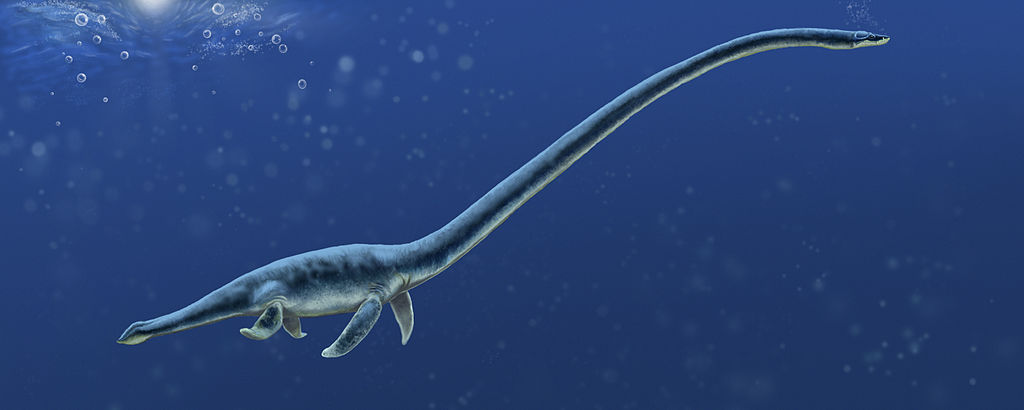
The Cretaceous Period (145-66 million years ago) represented the final chapter in the long reign of marine reptiles, with several lineages reaching their peak diversity and size before their eventual extinction. The pliosaurs reached their zenith with the emergence of Kronosaurus and Pliosaurus, massive predators with skulls exceeding 10 feet in length and bodies reaching up to 40 feet, capable of tackling virtually any prey in their environment. Elasmosaurids evolved the longest necks of any plesiosaurs, with species like Elasmosaurus possessing over 70 vertebrae in their serpentine necks, allowing unprecedented hunting versatility. The Cretaceous also introduced entirely new marine reptile groups, including the mosasaurs – massive marine lizards related to modern monitor lizards and snakes – with genera like Tylosaurus reaching lengths of over 40 feet, armed with double-hinged jaws that could swallow enormous prey. Even sea turtles reached monstrous proportions during this period, with Archelon growing to over 13 feet in length with a shell unlike modern turtles – more of a leathery covering reinforced by a bony framework. These diverse reptilian predators dominated Cretaceous seas worldwide, creating perhaps the most spectacular assemblage of marine predators in Earth’s history before their sudden disappearance at the end of the period.
Ancient Ocean Chemistry and Environments
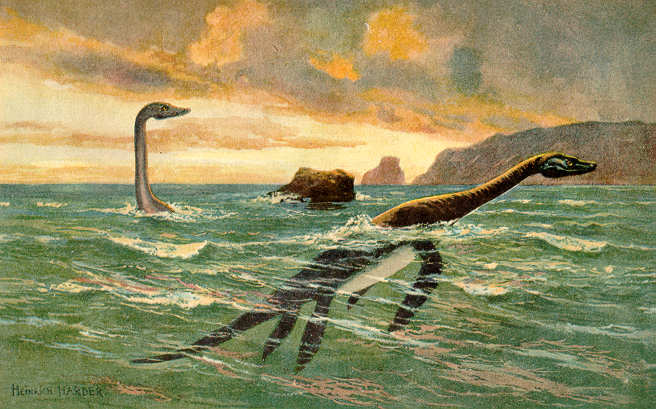
The chemical composition and environmental conditions of prehistoric oceans differed significantly from modern seas, directly influencing the evolution and distribution of marine life. Oxygen levels fluctuated dramatically throughout Earth’s history, with several periods of oceanic anoxia (oxygen depletion) creating conditions where only specialized organisms could survive in deeper waters. Carbon dioxide concentrations were often much higher than today, resulting in more acidic oceans that affected shell-building organisms and coral reef development. Sea levels during much of the Mesozoic Era were significantly higher than present, with shallow epicontinental seas covering much of what is now continental interiors, creating vast new habitats for marine organisms. Water temperatures were generally warmer throughout much of Earth’s history, with the Cretaceous Period experiencing polar regions warm enough to be ice-free, allowing cold-blooded reptiles to thrive in latitudes that would be impossible for them today. These different chemical and environmental conditions created selective pressures that drove the evolution of the extraordinary marine predators that dominated ancient seas, while also influencing preservation conditions that would eventually transform some of these creatures into the fossils that allow us to study them today.
Hunting Strategies of Prehistoric Marine Predators

Ancient marine predators evolved a remarkable diversity of hunting strategies, each specialized for particular prey and environments. Plesiosaurs exemplified this diversity, with long-necked forms like Elasmosaurus likely hunting using stealth, keeping their bodies at a distance while extending their serpentine necks to snatch unsuspecting fish, while short-necked pliosaurs like Liopleurodon relied on speed and power for ambush attacks on large prey. Ichthyosaurs evolved perhaps the most sophisticated sensory adaptations, with massive eyes suggesting excellent vision and possible deep-diving capabilities, while their dolphin-like body shape indicates they were pursuit predators chasing down schools of fish and squid. Mosasaurs, with their kinetic skulls capable of swallowing large prey whole, likely employed ambush tactics using powerful bursts of speed from concealment. Even among the invertebrate predators, sophisticated hunting methods evolved – ammonites likely used jet propulsion to pursue prey while wielding their tentacles to capture food, similar to modern cephalopods. Sharks showed remarkable specialization even in ancient seas, with some forms evolving crushing dentition for shellfish while others developed serrated teeth for slicing flesh. These diverse hunting strategies created complex ecological relationships, with multiple predator types often occupying different niches within the same marine ecosystems, much as we see in modern oceans, but with an entirely different cast of characters.
Fossil Evidence: How We Know About Ancient Sea Monsters
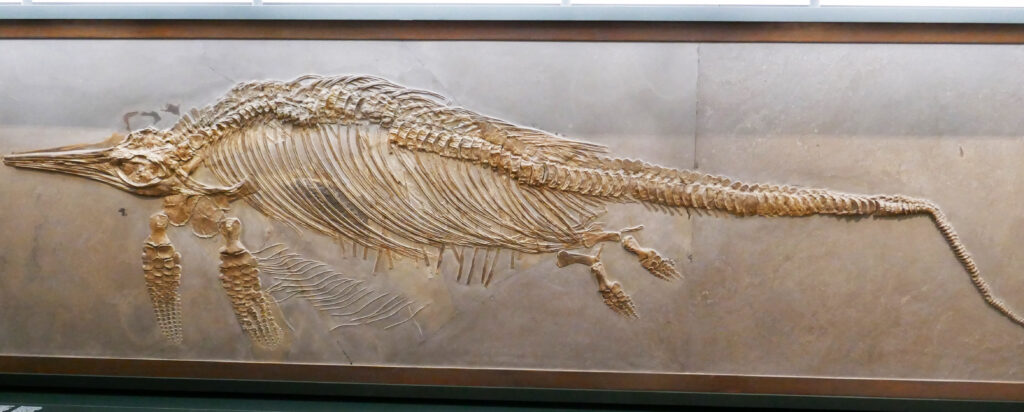
Our understanding of prehistoric marine predators comes primarily from fossil evidence, preserved through various processes that transform organic remains into stone over millions of years. Exceptional fossil localities like the Holzmaden Shale in Germany, the Oxford Clay in England, and the Western Interior Seaway deposits in North America have yielded remarkably complete specimens of marine reptiles, sometimes preserving soft tissue impressions that reveal details about skin texture, body outlines, and even stomach contents. Trace fossils like coprolites (fossilized feces) provide invaluable information about ancient marine food webs, with some specimens containing partially digested bones and scales that reveal what these predators ate. Bite marks on the bones of other marine creatures offer evidence of predator-prey interactions, with characteristic tooth patterns sometimes allowing paleontologists to identify which species was doing the biting. Modern analytical techniques have revolutionized our understanding of these fossils, with CT scanning revealing internal anatomical details, isotope analysis helping determine ancient diets and migration patterns, and computer modeling allowing scientists to test hypotheses about swimming capabilities and bite forces. Perhaps most remarkably, microscopic examination of growth rings in fossil bones and teeth works similarly to tree rings, revealing information about growth rates, lifespan, and even seasonal behavior of these long-extinct sea monsters.
The Great Extinction: Disappearance of the Marine Giants

The reign of the Mesozoic marine reptiles came to an abrupt end approximately 66 million years ago during the Cretaceous-Paleogene (K-Pg) mass extinction event, famously triggered by a massive asteroid impact at Chicxulub, Mexico. This catastrophic event ejected enormous quantities of debris into the atmosphere, blocking sunlight and collapsing marine food webs that depended on photosynthetic organisms at their base. The immediate aftermath likely included massive tsunami waves, worldwide wildfires, and acid rain that further devastated marine ecosystems already suffering from the sunlight blockage. Large marine predators like mosasaurs, plesiosaurs, and giant marine turtles were particularly vulnerable to this collapse, as they required substantial quantities of prey to sustain their massive bodies. While some marine groups like sharks, bony fishes, and sea turtles survived the extinction (though with significant losses), the dominant marine reptile lineages disappeared completely, ending the era of the great sea monsters that had ruled for over 180 million years. This mass extinction cleared ecological space that would eventually be filled by new marine predators – the ancestors of modern dolphins, whales, and pinnipeds that would evolve from terrestrial mammals tens of millions of years later, creating an entirely new chapter in the history of ocean predators.
Modern Descendants and Ecological Equivalents
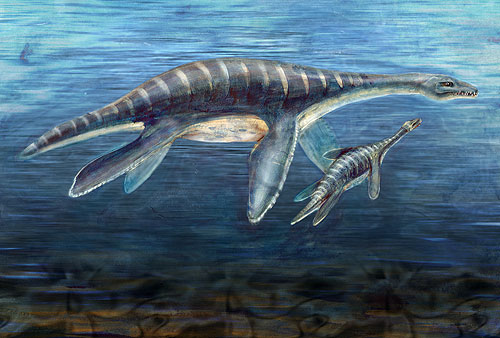
While the great marine reptiles of the Mesozoic left no direct descendants, their ecological roles have been filled by convergently evolved modern animals that bear striking resemblances to their ancient counterparts. Modern dolphins and porpoises show remarkable similarities to ichthyosaurs, having independently evolved nearly identical body shapes optimized for fast swimming, despite coming from completely different ancestral groups separated by over 100 million years. The hunting strategy of long-necked plesiosaurs, with their elongated necks and small heads, is echoed today in certain species of birds and reptiles that rely on stealth and precision to capture prey. Animals like herons and some sea snakes exhibit similar feeding behaviors, striking quickly at fish or squid with sudden bursts of speed. These modern analogues, though unrelated, demonstrate how similar environmental pressures can sculpt comparable solutions across vastly different lineages, highlighting the power of convergent evolution in shaping life in the oceans.




